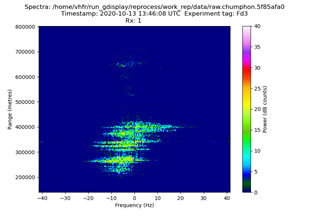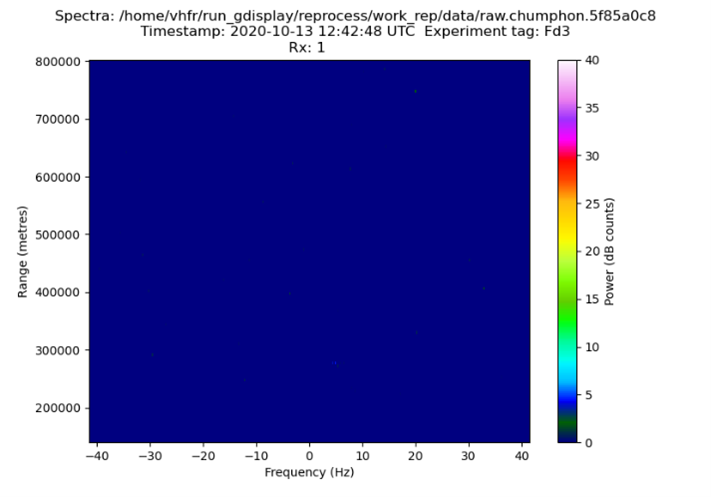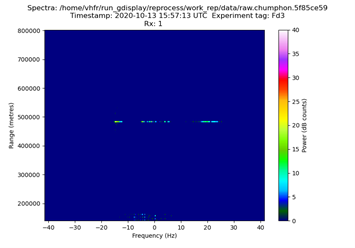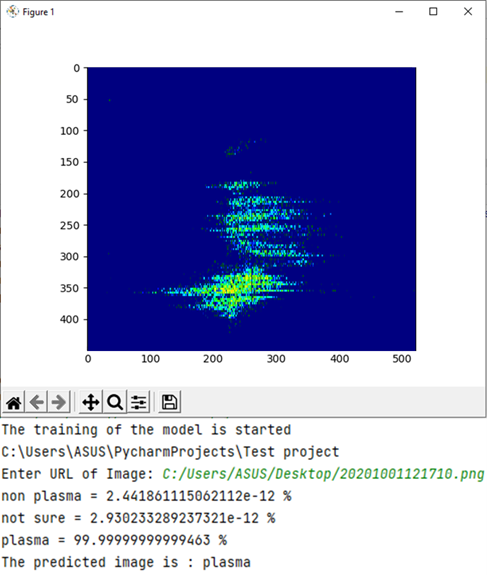Motivation
The ionosphere is of great importance in satellite communication systems, anomalies occurring in the ionosphere will result in error transmissions from satellites. Equatorial plasma bubbles (EPB) are a phenomenon that occurs in the ionosphere. Equatorial plasma bubbles (EPB) are caused by a reduction of the density of plasma in the ionosphere decreases locally to the point where it resembles a bubble [1]. EPB occurs at the bottomside of the F2 layer after sunset. It is well known to be caused by the Rayleigh-Taylor instability [2] and then disappear before sunrise. Sometimes, Plasma bubbles can also form after midnight due to geomagnetic storms or low solar activity [3]. Moreover, EPB changes greatly around the plasma bubble area and is most often found near the equator. For this reason, a VHF radar station was installed in Chumphon, Thailand, as it is close to the Earth’s magnetic equator, because it is close to the Earth’s magnetic equator, where bubble plasma is thought to have formed and is the best location to detect plasma bubbles immediately after formation. The information obtained from the VHF radar is divided into three types: Plasma bubble, Not sure and Non-plasma bubble. A images sample data of Chumphon Station is shown in Figure 1.



Figure 1. An example of an image formed on October 13, 2020
Objectives and Methodology
To study the phenomenon of plasma bubbles In this work, artificial intelligence methods have been applied to predict plasma bubble formation in the ionosphere by uses the support vector machine (SVM) [4] method to predict and will estimate the height of the plasma bubble occur at each time interval and ultimately will calculate the velocity of the plasma bubbles that occur each day.
In this experiment, the data were divided into 3 classes as follows: with plasma bubble, not sure and non-plasma bubble. The experimental data was based on October 2020 data. A total of 1000 images were used, divided into 700 model training images and 300 model testing images. Next, the data was used for training using the Python programming language and use a library called sklearn to train the models.
Key Results
After training the data, we achieved the highest accuracy when using a Radial Basis Function (RBF) kernel by has an accuracy of 86.667 percent. We then used the model obtained to predict the plasma bubble. The result is shown in Figure 2.

Figure 2. Prediction results from using the SVM model.
References:
[1] R. A. Heelis, R. Stoneback, G. D. Earle, R. A. Haaser, and M. A. Abdu, “Low-latitude scintillation occurrences around the equatorial anomaly crest over Indonesia,” Ann. Geophys., vol. 32, pp. 7 – 17, January 2014.
[2] R. A. Heelis, R. Stoneback, G. D. Earle, R. A. Haaser, and M. A. Abdu, “Medium scale equatorial plasma irregularities observed by Coupled Ion‐Neutral Dynamics Investigation sensors aboard the Communication Navigation Outage Forecast System in a prolonged solar minimum,” J. Geophys. Res., vol. 115, pp. A10321, October 2010.
[3] R. F. Woodman and C. La Hoz, “Radar observations of F-region equatorial irregularities,” J. Geophys. Res., vol. 81, pp. 5447– 5466, 1976.
[4] V. Vapnik and A. Lerner, “Pattern recognition using generalized portrait method,” Autom. Remote., vol. 24, pp. 774-780, 1963.